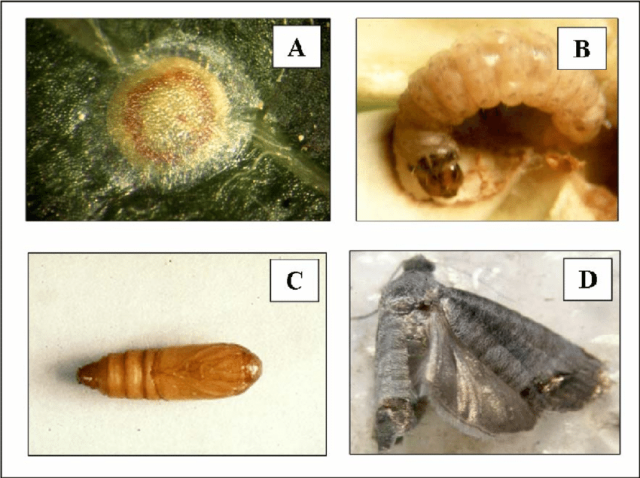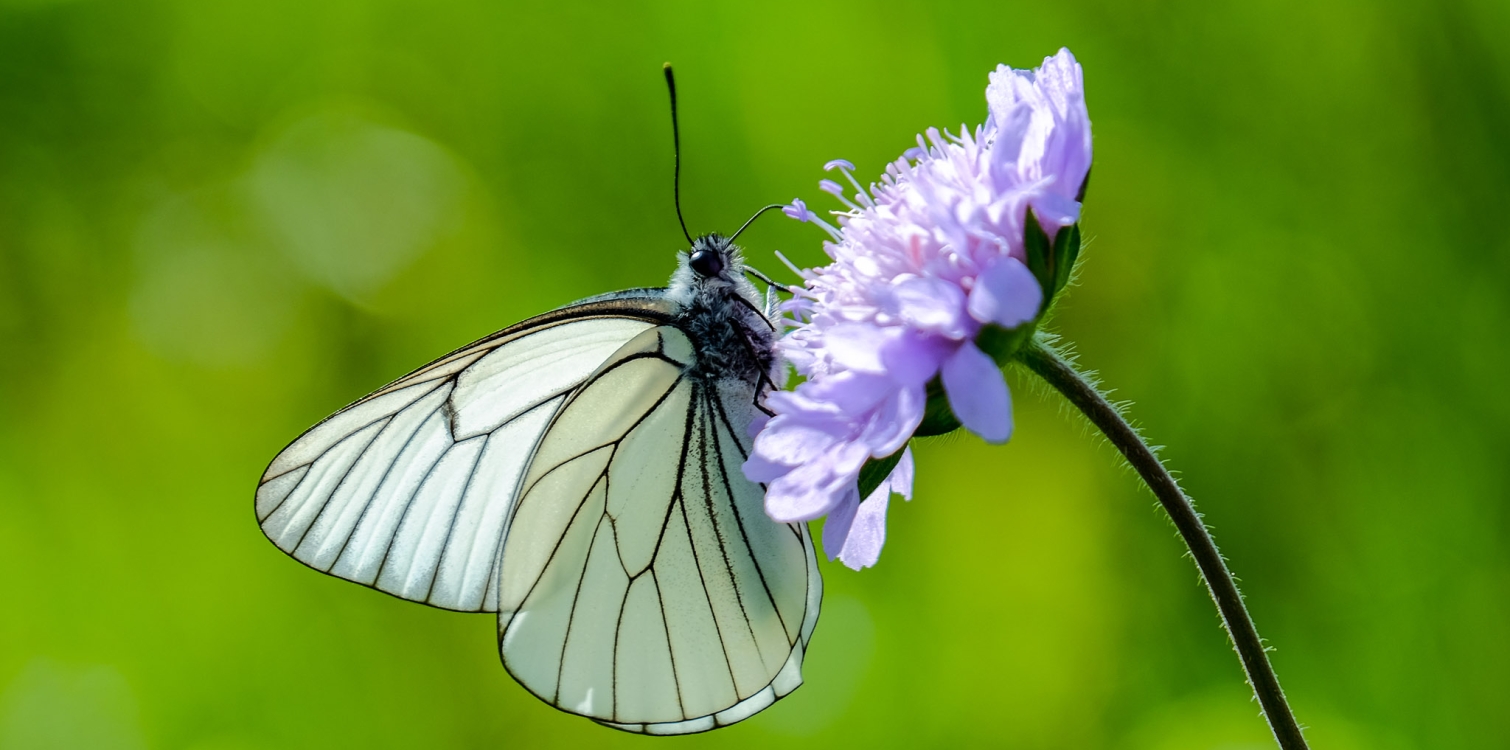Some insect species migrate to warmer regions before winter, much like migratory birds. During migration, they use the sun (polarized light), the moon, landscape features, and the Earth's magnetic field for navigation. In America, for example, the admiral butterfly migrates from north to south. In our region, certain species of moths, grasshoppers, and dragonflies also migrate.
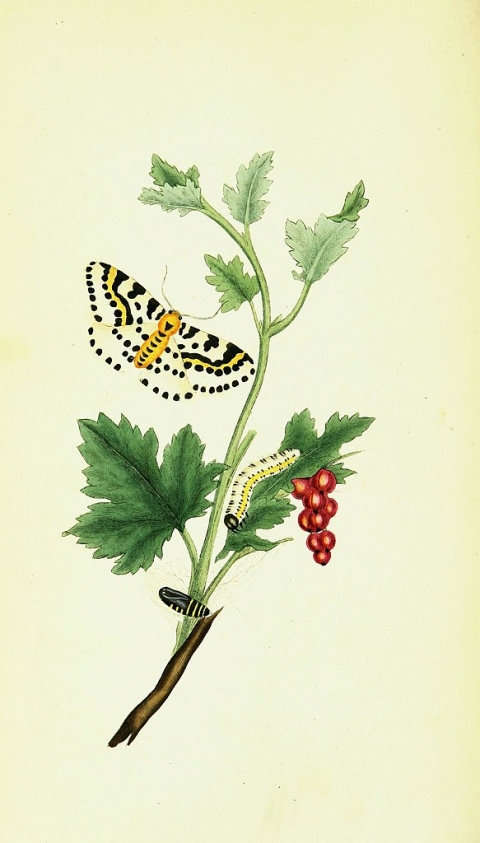
Let's review a little of the knowledge you've probably already learned about insects at school or elsewhere.
What is the life cycle of an insect?
First, there is the egg, which develops into a larva, and then into an adult insect.
However, it's not that simple. We say that some insects undergo incomplete metamorphosis, while others undergo complete metamorphosis. The description above applies to those with incomplete metamorphosis, such as grasshoppers, crickets, earwigs, bed bugs, and many others.
Butterflies, for instance, have a pupa stage between the larva (caterpillar) and the adult insect. Complete metamorphosis also occurs in beetles, flies, wasps, bees, ants, mosquitoes, fleas, lice, and many more. Most insects undergo complete metamorphosis.
Insects that have their larvae in water do not have a pupal stage, but the animal changes into a very different adult form than it was before in the water. These aquatic larvae are called nymphs. Examples include mayflies, caddisflies, stoneflies, and dragonflies.
As ADULT INSECTS, several species such as crickets, ants, some grasshoppers, and bed bugs spend the winter hidden in the soil.
Brimstone butterflies, peacock moths, crickets, red bugs, ground beetles, bark beetles, lacewings, and ladybugs hide in fallen leaves, under bark, and in decaying wood.
Some insects survive even in freezing temperatures by using proteins to control the freezing process and ice crystal formation in their bodies. Others accumulate 'antifreeze' substances, such as glycerol, in their cells before winter to prevent ice crystal formation, or they accumulate sugars and excrete water.
Ladybugs also like to find shelter near our homes.
Interesting are the earwigs, which lay eggs in the soil in the autumn and protect them through the winter
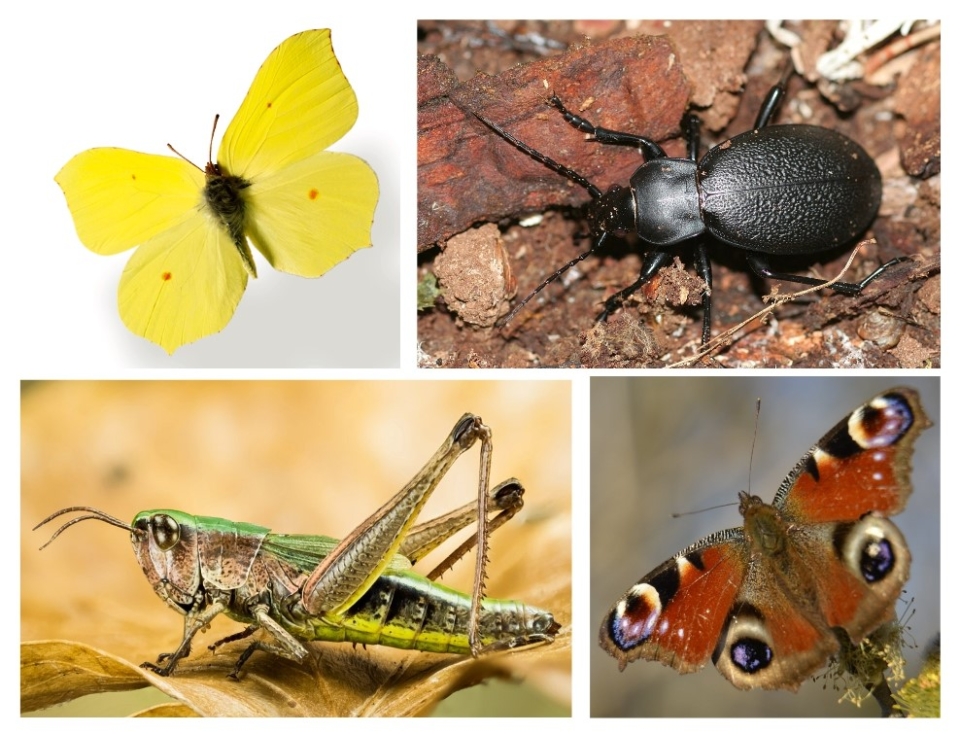
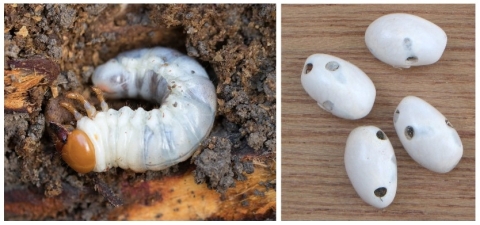
As EGGS and LARVAE, Maybeetle, rose chafer and other beetles spend the winter hidden in the soil. Many butterflies also overwinter in this form, as well as the bean weevil, whose eggs overwinter in warmth, for example a lot of times in houses.
Of course, insects can also survive the winter as PUPAE. There are quite a few of these pests in the garden, such as the onion fly and the cherry fly, whose bugs survive the winter in the soil. The pupae of codling moth hides in the bark. The worm in the apple is the larva of this butterfly.
Together with furry pets, fleas and their pupae can enter our homes and then survive the winter in the warmth of the home.
